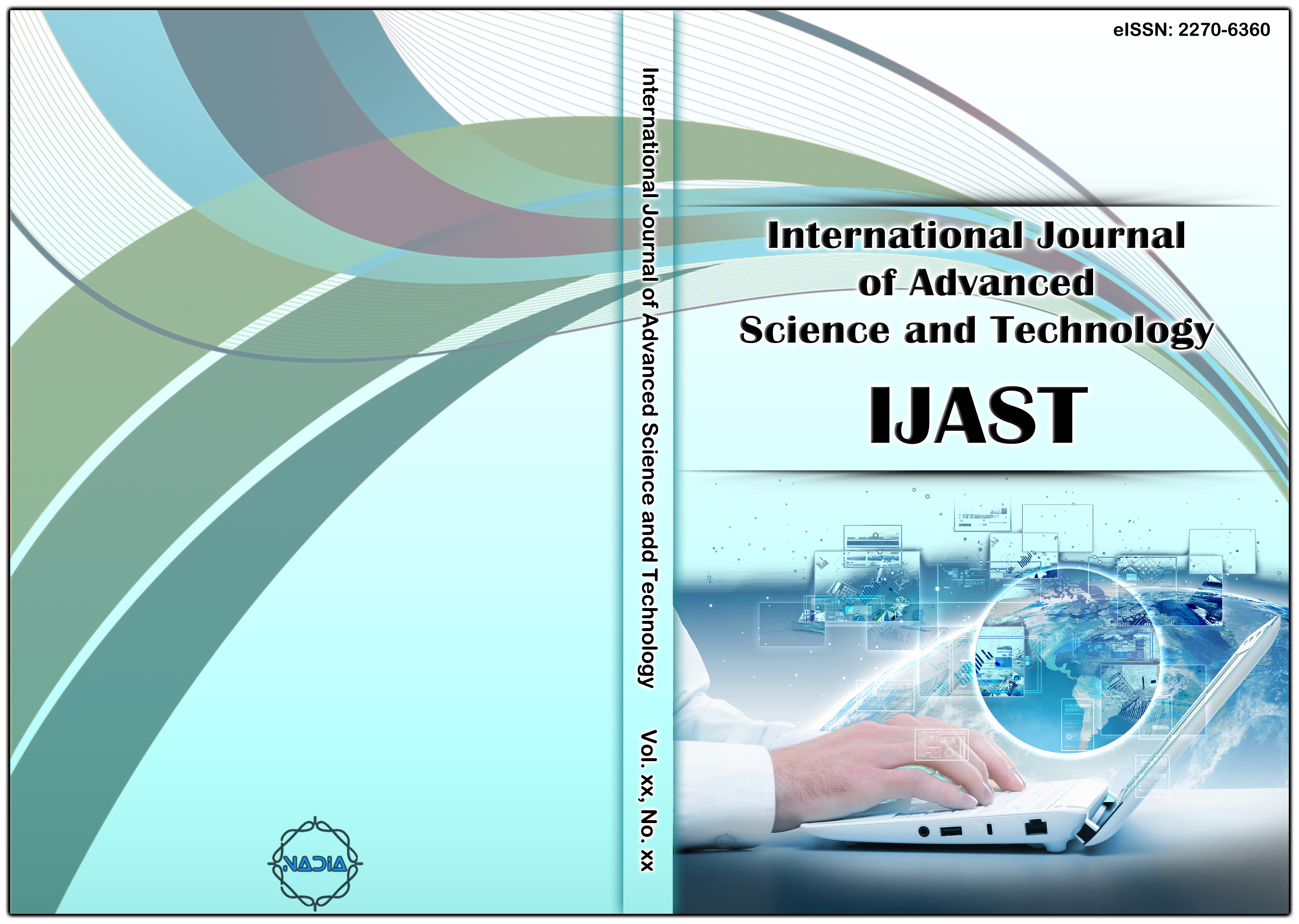[1] Zhao, W. X., Jiang, J., Weng, J., He, J., Lim, E.-P., Yan, H. and Li, X., “Comparing Twitter and Traditional Media Using Topic Models”, Eur. Conf. Advances in Information Retrieval, Dublin, Ireland, Springer, Berlin, (2011) April 18-21, pp. 338-349.
[2] Lin, C. X., Zhao, B., Mei, Q. and Han, J., “PET: A Statistical Model for Popular Events Tracking in Social Communities”, Int. Conf. Knowledge Discovery and Data Mining, Washington, DC, USA, ACM, NY, USA, (2010) July 25-28, pp. 929-938.
[3] Song, Y., Zhou, D. and He, L., “Query Suggestion by Constructing Term-Transition Graphs”, Int. Conf. Web Search and Data Mining, Seattle, Washington, USA, ACM, NY, USA, (2012) February 8-12, pp. 353-362.
[4] Blei, D. M., Ng, A. Y. and Jordan, M. I., “Latent Dirichlet allocation”, J. Mach. Learn. Res., vol. 3, (2003), pp. 993-1022.
[5] Wang, X. and McCallum, A., “Topics Over Time: A Non-Markov Continuous-Time Model of Topical Trends”, Int. Conf. Knowledge Discovery and Data Mining, Philadelphia, PA, ACM, NY, USA, (2006) 20-23 August, pp. 424-433.
[6] Hong, L., and Davison, B. D., “Empirical Study of Topic Modeling on Twitter”, Proc. First Workshop on Social Media Analytics, Washington, DC, ACM, NY, USA, (2010) July 25-28, pp. 80-88.
[7] Hofmann, T., “Probabilistic latent semantic indexing”, In SIGIR, ACM, (1999), pp. 50-57.
[8] Blei, D., Ng, A. and Jordan, M., “Latent Dirichlet allocation”, The Journal of Machine Learning Research, vol. 3, (2003), pp. 993-1022.
[9] Boyd-Graber, J. and Blei, D. M., “Syntactic topic models”, Technical Report arXiv:1002.4665, (2010) February.
[10] Wang, X. and McCallum, A., “Topics over time: a non-Markov continuous-time model of topical trends”, In Proceedings of the 12th ACM SIGKDD, New York, NY, USA, ACM, (2006), pp. 424-433.
[11] Agirre, E., Alfonseea, E., Hall, K., Kravalova, J., Pasca, M. and Soroa, A., “A Study on Similarity and Relatedness Using Distributional and Wordnet-Based Approaches”, Annu. Conf. North American Chapter of the Association for Computational Linguistics: Human Language Technologies, Boulder, CO, USA, ACL, Stroudsburg, PA, USA, (2009) May 31- June 5, pp. 19-27.
[12] Mikolov, T., Yih, W. and Zweig, G., “Linguistic Regularities in Continuous Space Word Representations”, Annu. Conf. North American Chapter of the Association for Computational Linguistics: Human Language Technologies, Atlanta, USA, ACL, Stroudsburg, PA, USA, (2013) June 10-12, pp. 746-751.
[13] Quan, X., “Short and sparse text topic modelling via self-aggregation”, Twenty-Fourth International Joint Conference on Artificial Intelligence, (2015).
[14] Diao, Q., “Finding bursty topics from microblogs”, Proceedings of the 50th Annual Meeting of the Association for Computational Linguistics: Long Papers-Volume 1. Association for Computational Linguistics, (2012).
[15] Cheng, X., “Btm: Topic modelling over short texts”, IEEE Transactions on Knowledge and Data Engineering, vol. 26, no. 12, (2014), pp. 2928-2941.
[16] Kataria, S. and Agarwal, A., “Supervised topic models for microblog classification”, 2015 IEEE International Conference on Data Mining. IEEE, (2015).
[17] Zuo, Y., Zhao, J. and Xu, K., “Word network topic model: a simple but general solution for short and imbalanced texts”, Knowledge and Information Systems, vol. 48, no. 2, (2016), pp. 379-398.
[18] Barbieri, N., “Probabilistic topic models for sequence data”, Machine learning, vol. 93, no. 1, (2013), pp. 5-29.
[19] Sridhar, V. K. R., “Unsupervised topic modelling for short texts using distributed representations of words”, Proceedings of the 1st workshop on vector space modelling for natural language processing, (2015).
[20] Nguyen, D. Q., “Improving topic models with latent feature word representations”, Transactions of the Association for Computational Linguistics, vol. 3, (2015), pp. 299-313.
[21] Wang, B., “Topic selection in latent Dirichlet allocation”, 2014 11th International Conference on Fuzzy Systems and Knowledge Discovery (FSKD), IEEE, (2014).
[22] Blei, D. M. and Jordan, M. I., “Variational inference for Dirichlet process mixtures”, Bayesian analysis, vol. 1, no. 1, (2006), pp. 121-143.
[23] Griffiths, T. L. and Steyvers, M., “Finding scientific topics”, The National Academy of Sciences of the USA, vol. 101, no. 1, (2004), pp. 5228-5235.
[24] He, J., “Efficient correlated topic modelling with topic embedding”, Proceedings of the 23rd ACM SIGKDD International Conference on Knowledge Discovery and Data Mining, ACM, (2017).
[25] Blei, D. M. and Lafferty, J. D., “A correlated topic model of science”, The Annals of Applied Statistics, vol. 1, no. 1, (2007), pp. 17-35.
[26] Yan, X., “A biterm topic model for short texts”, Proceedings of the 22nd international conference on World Wide Web. ACM, (2013).
[27] Li, X., “Relational Biterm Topic Model: Short-Text Topic Modeling using Word Embeddings”, The Computer Journal, vol. 62, no. 3, (2018), pp. 359-372.
[28] Vojnović, M., “Ranking and suggesting popular items”, IEEE Transactions on Knowledge and Data Engineering, vol. 21, no. 8, (2009), pp. 1133-1146.
[29] Allahyari, M., and Krys, K., “Automatic topic labelling using ontology-based topic models”, 2015 IEEE 14th International Conference on Machine Learning and Applications (ICMLA). IEEE, (2015).
[30] Gutiérrez‐Batista, K., “An ontology‐based framework for automatic topic detection in multilingual environments”, International Journal of Intelligent Systems, vol. 33, no. 7, (2018), pp. 1459-1475.
[31] Allahyari, M. and Kochut, K., “OntoLDA: An Ontology-based Topic Model for Automatic Topic Labeling”, (2009).
[32] Blei, D. M., Ng, A. Y. and Jordan, M. I., “Latentdirichletallocation”, The Journal of Machine Learning research, vol. 3, (2003), pp. 993-1022.
[33] Boyd-Graber, J. L., Blei, D. M. and Zhu, X., “A topic model for word sense disambiguation”, In EM NLP-CoNLL, Citeseer, (2007), pp. 1024-1033.
[34] Hu, Y., Boyd-Graber, J., Satinoff, B. and Smith, A., “Interactive topic modelling”, Machine Learning, vol. 95, no. 3, (2014), pp. 423-469.
[35] Newman, D., Lau, J. H., Grieser, K. and Baldwin, T., “Automatic Evaluation of Topic Coherence. Conf. North American Chapter of the Association for Computational Linguistics: Human Language Technologies”, Los Angeles, California, ACL, Stroudsburg, PA, USA, (2010) June 02-04, pp. 100-108.
